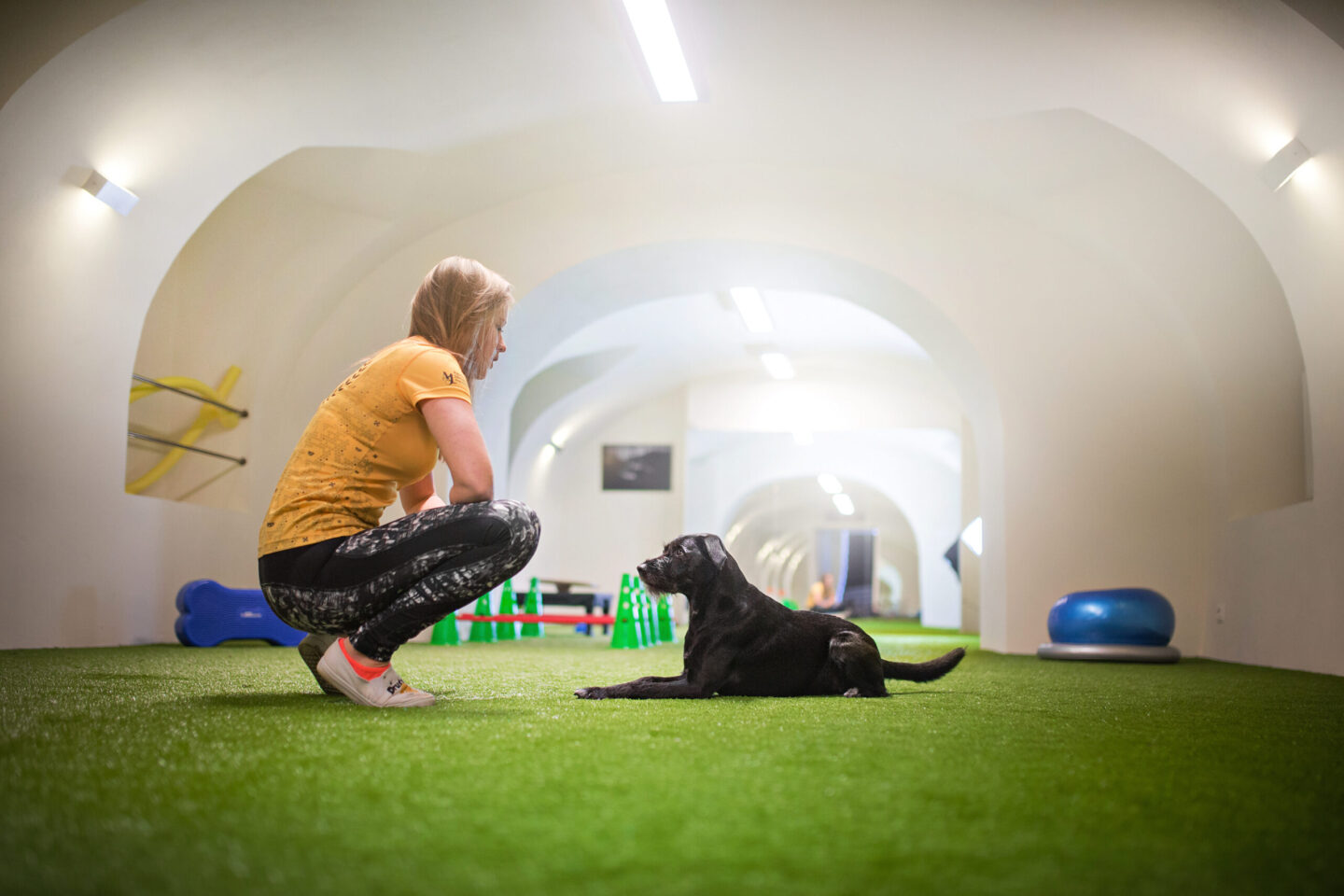Are you struggling with your dog moving his paws during position changes?
Do you want to finally get that super precise distance control exercise?
I GET YOU!
Position changes are one of my favorite exercises from the obedience ring.
Starting in class 1 all the way to Elite class (class 3) there is always something we can focus on when doing position changes. This exercise is a perfect combination of precision and speed which equals fluency!
Distance control is also a perfect exercise for behavior/precision nerd like myself! There is a lot of focus on those micro-movements, tiny weight shifts that change the whole process of learning.
Who would benefit from taking this course?
This course is designed for everyone who have a passion for obedience training and a keen interest in perfecting position changes and distance control with their dogs. Whether you are a competitive obedience enthusiast, a professional dog trainer, or simply an obedience hobbyist, this course provides valuable insights and techniques to elevate your training skills. It is ideal for those who have already established a foundation in clicker training and wish to advance their knowledge in precision-based exercises.
What will you learn from this course:
Throughout the course, you will gain an in-depth understanding of advanced position changes and distance control techniques. The key topics covered include:
- Front-Anchored Positions: Explore various position changes, such as sit from stand, sit from down, stand from down, stand from sit, down from sit, and down from stand. Learn the precise mechanics and cues required to execute these movements with accuracy and speed.
- Building Precision: Focus on refining each position change, emphasizing precision in movement and alignment. Discover techniques to enhance your dog’s consistency and fluency in executing the desired positions.
- Adding Distance: Gradually introduce distance into your training, teaching your dog to perform position changes accurately from a distance. Develop techniques to maintain clear communication and ensure reliable responses even when at a distance from your dog.
- Adding Cues: Learn how to add clear and effective verbal and visual cues to your position change exercises. Understand the importance of consistent cues for prompt and reliable responses from your dog.
- Adding Duration: Explore strategies to increase the duration of each position change, teaching your dog to hold the desired position for extended periods. Develop techniques to build endurance and concentration in your dog’s performance.
- Trial Variations: Prepare for obedience trials by incorporating variations into your position change exercises. Learn how to adapt to different trial scenarios and environments while maintaining precision and fluency.
Please note that rear-anchored positions will be covered in separate courses.
Prerequisites for this course include a solid foundation in clicker training. You should have prior experience with clicker training techniques and a basic understanding of positive reinforcement principles.
By the end of this course, you will have acquired advanced skills in position changes and distance control, enabling them to achieve greater precision, speed, and fluency in obedience training.

